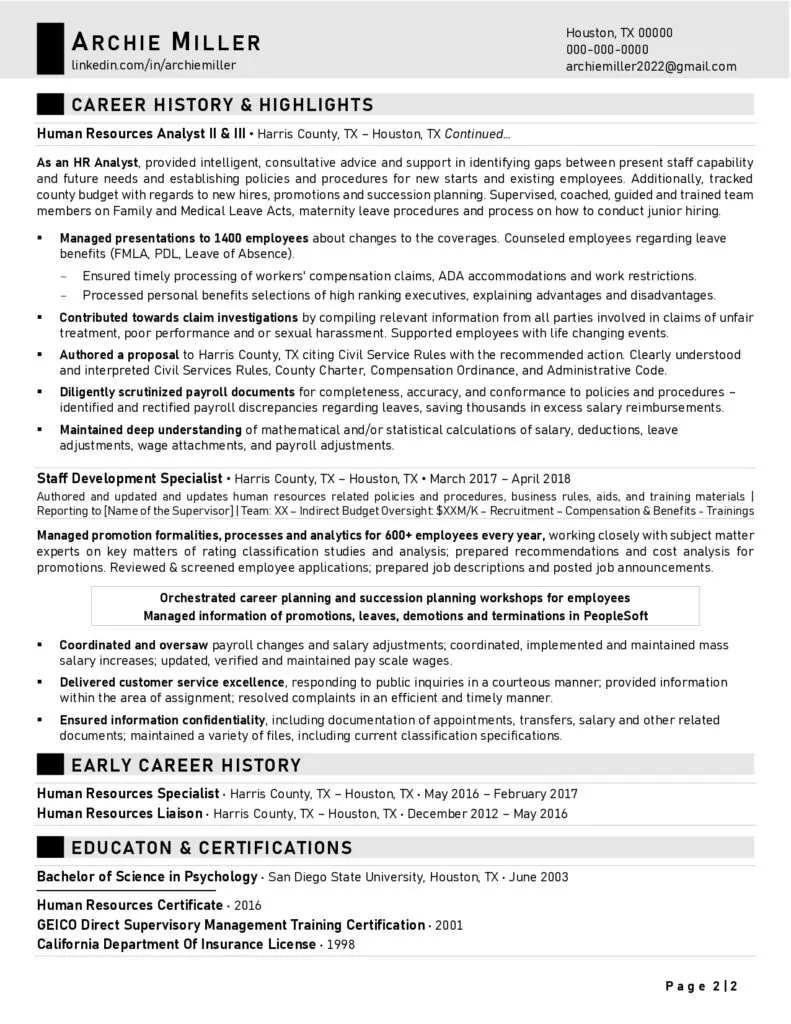Why a Great Cover Letter Matters
In the competitive job market, a well-crafted cover letter can be your secret weapon. It’s more than just a formality; it’s your first opportunity to make a strong impression on a potential employer. A compelling cover letter provides context to your resume, allowing you to highlight your most relevant skills and experiences, and explain why you are the perfect fit for the role. It’s your chance to demonstrate your enthusiasm, personality, and writing ability, setting you apart from other candidates who might rely solely on their resume. The cover letter is where you can connect the dots for the hiring manager, showcasing your understanding of the company and the specific requirements of the job.
First Paragraph Make a Strong Impression
Your opening paragraph is crucial; it’s your hook. Start by clearly stating the position you’re applying for and where you found the job posting. Briefly introduce yourself, and immediately capture the reader’s attention by expressing your genuine interest in the role and the company. You might mention something specific that attracted you to the position, such as a company value that resonates with you or a project you admire. Avoid generic openings like ‘I am writing to express my interest…’ Instead, be direct and enthusiastic, setting the tone for the rest of your letter. This initial impression can significantly influence whether the hiring manager continues reading or moves on to the next application.
Highlight Relevant Skills and Experience
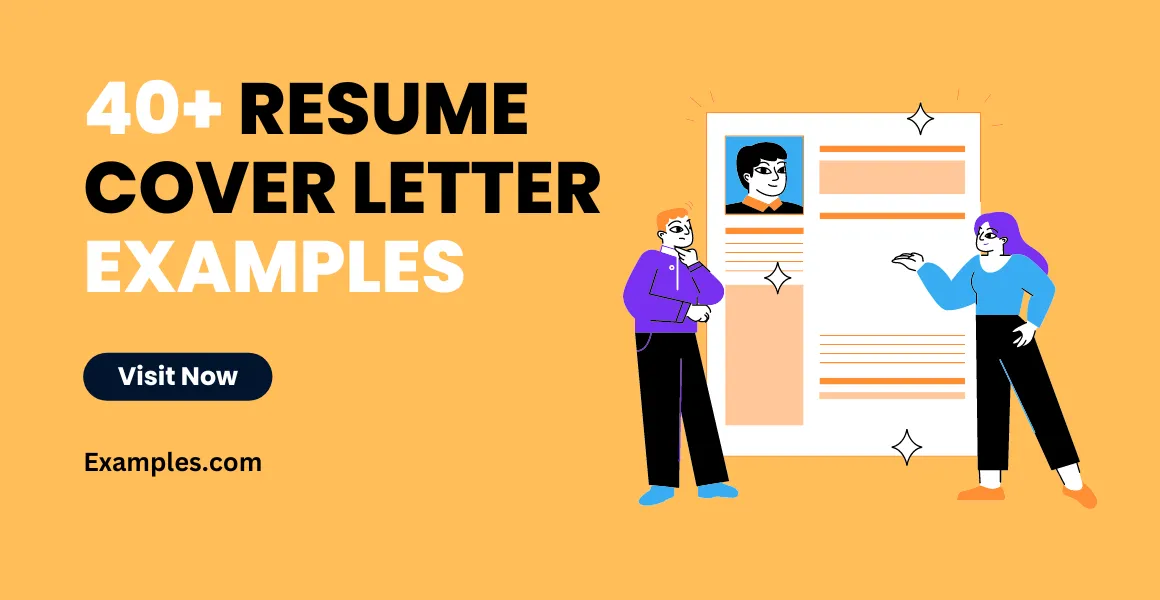
The body of your cover letter should connect your skills and experiences to the specific requirements of the job. Don’t just repeat your resume; instead, provide concise examples that showcase how your past experiences have prepared you for this role. Identify the key skills and qualifications mentioned in the job description and use them as a framework to structure your letter. Explain how your skills and experiences align with the company’s needs. Focus on providing concrete examples that demonstrate your abilities, rather than just listing them. This allows the hiring manager to quickly understand the value you bring and why you are a strong candidate.
Tailor Your Cover Letter to the Job
A generic cover letter sent to multiple companies is easily spotted and often discarded. Customizing your cover letter for each job application is essential. Take the time to research the company, understand its culture, and identify the specific needs of the role. Read the job description carefully, paying attention to the keywords and phrases used. This shows that you have done your homework and are genuinely interested in the position. This personalization demonstrates that you are not just sending out a mass application, but that you are genuinely interested in the opportunity.
Use Keywords from the Job Description
Incorporate keywords from the job description naturally throughout your cover letter. This helps demonstrate that you meet the qualifications and can also help your application pass through applicant tracking systems (ATS). However, avoid keyword stuffing; use the terms thoughtfully within the context of your writing. By using the right keywords, you increase the chances that your cover letter will be noticed by both the software and the hiring manager. Focus on the core competencies and the language the company uses to describe them.
Showcase Your Achievements
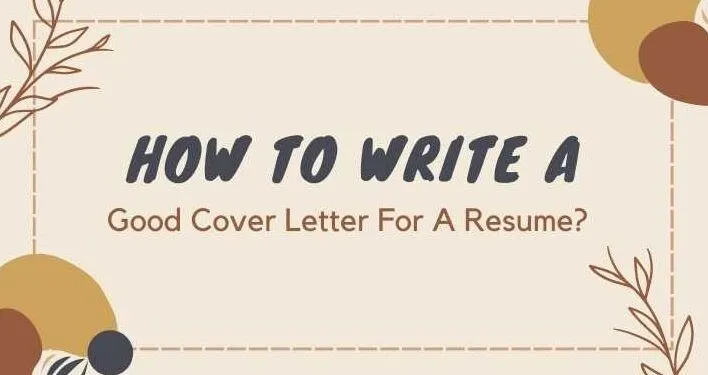
Don’t just list your responsibilities; highlight your accomplishments. Use the STAR method (Situation, Task, Action, Result) to provide context and demonstrate the impact you made in previous roles. Instead of saying ‘Managed social media accounts,’ say ‘Managed social media accounts, increasing follower engagement by 40% in six months by implementing a new content strategy.’ This provides concrete evidence of your abilities and the value you bring to the table. By focusing on your achievements, you’ll show potential employers the tangible results of your work and the value you would bring to their company.
Quantify Your Accomplishments
Whenever possible, quantify your achievements with numbers and data. For example, instead of saying ‘Improved sales,’ say ‘Increased sales by 15% in the first quarter.’ Using numbers makes your accomplishments more impactful and provides concrete evidence of your abilities. This can show the hiring manager the value you brought to previous roles. Metrics such as percentages, dollar amounts, or specific figures, illustrate the value of your work and make your cover letter more compelling. Using data helps you stand out by providing concrete evidence of your achievements.
Keep It Concise and Easy to Read
Hiring managers are busy, so keep your cover letter concise and to the point. Aim for a single page, typically no more than 3-4 paragraphs. Use clear, concise language, and avoid jargon or overly complex sentences. Break up large blocks of text with bullet points or short paragraphs to improve readability. Use a professional and easy-to-read font, such as Arial or Times New Roman, with a standard font size (11 or 12 points). The goal is to make it easy for the hiring manager to quickly understand your qualifications and interest.
Proofread and Edit Carefully
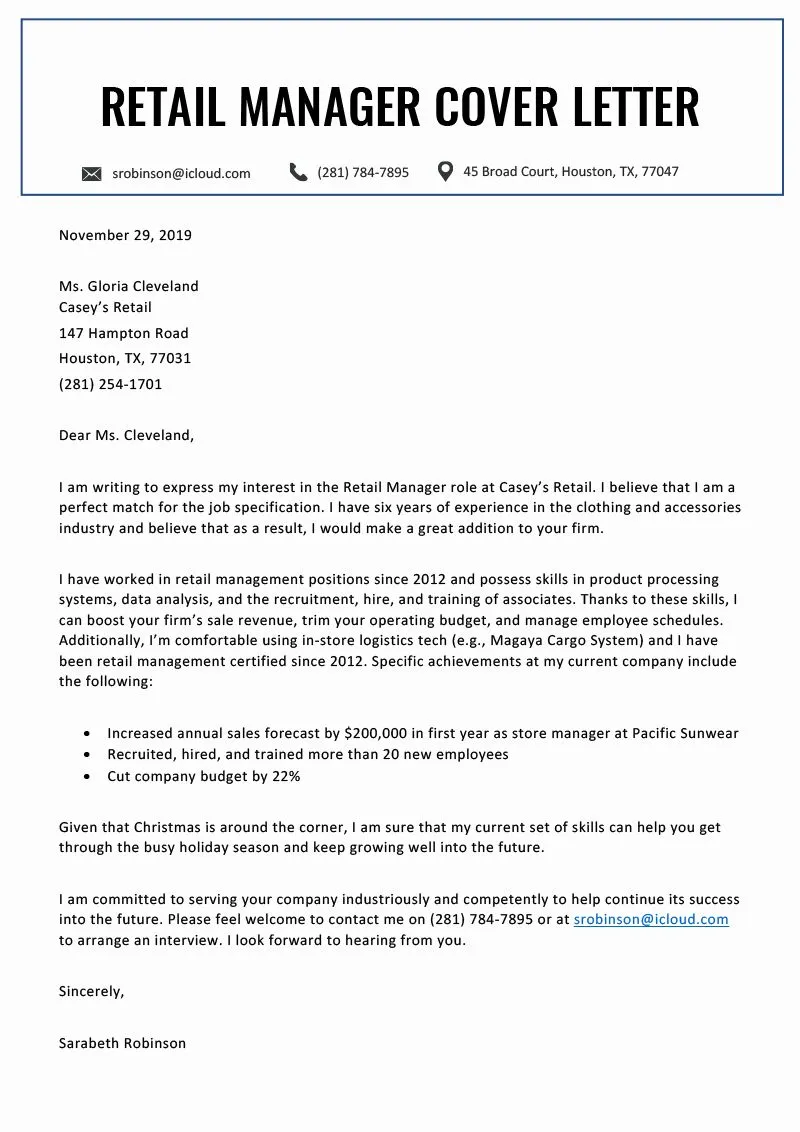
Typos and grammatical errors can be a major turnoff. Proofread your cover letter carefully before submitting it. Check for spelling, grammar, punctuation, and sentence structure. Read your cover letter aloud to catch any awkward phrasing or mistakes. Have a friend, family member, or career counselor review your cover letter for an outside perspective. A well-written cover letter demonstrates your attention to detail and professionalism and also shows your commitment to putting your best foot forward.
Formatting for Impact
Formatting can significantly impact your cover letter’s readability and overall impression. Use a professional format, with a clear header including your contact information and the date. Ensure the hiring manager’s name and title are correct. Use a standard font and size for ease of reading. Maintain consistent formatting throughout the document. Use a professional layout to help the reader follow your arguments easily. This not only showcases professionalism but also makes the information easier for the hiring manager to absorb, thus enhancing the effectiveness of your application.
How to Close with Confidence
Your closing paragraph should reiterate your interest in the position and thank the hiring manager for their time and consideration. Express your enthusiasm for the opportunity and mention your availability for an interview. Avoid generic phrases like ‘Thank you for your time’ and instead, add a specific note of gratitude, such as ‘Thank you for considering my application.’ Use a professional closing such as ‘Sincerely’ or ‘Best regards,’ followed by your full name. A confident and professional closing leaves a positive final impression.
What to Avoid in a Cover Letter
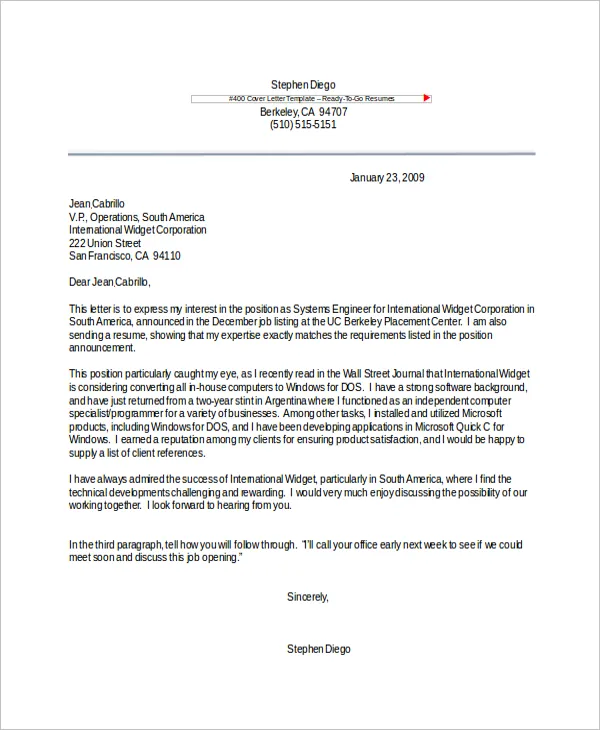
While crafting your cover letter, there are several pitfalls to avoid. These mistakes can undermine your application and decrease your chances of getting hired. Being aware of these common errors and taking steps to avoid them can significantly improve the effectiveness of your cover letter, making your application stand out from the competition.
Common Mistakes to Skip
Generic and Vague Statements
Avoid generic statements that could apply to any job or company. Your cover letter needs to be tailored to the specific role and company. Avoid phrases like ‘I am a hard worker’ or ‘I am a team player’ without providing specific examples. Use specifics and demonstrate how your skills and experiences align with the job requirements. Tailor your letter to show you understand the job and the company and are genuinely interested in the position. Generic letters show a lack of effort and research, making it less likely that the hiring manager will spend time reviewing your application.
Typos and Grammatical Errors
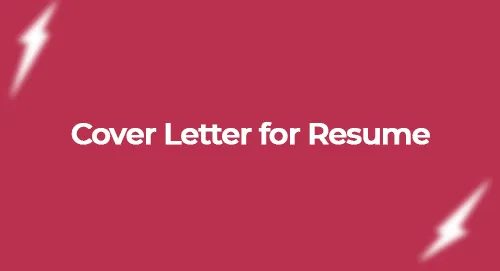
Typos and grammatical errors can be a major red flag. Carefully proofread your cover letter multiple times. Use a spell checker and grammar checker. Have someone else review your cover letter as a second pair of eyes can often catch mistakes that you might miss. Errors suggest a lack of attention to detail, a critical skill in most professional roles. Before submitting your application, read your cover letter aloud to catch any awkward phrasing or mistakes.
Being Too Formal or Informal
Find the right balance of professionalism. Avoid being too formal with overly elaborate language or outdated phrases. Equally, steer clear of being too informal with slang, emojis, or casual language. Research the company culture to gauge their preferred tone, but generally, a professional yet friendly tone is best. Maintain a professional tone in your cover letter while also letting your personality shine through. This demonstrates your communication skills and your ability to adapt to different workplace environments.
Cover Letter Examples Learn From the Best
Studying successful cover letter examples can provide valuable insights. These examples can help you understand how to structure your letter, highlight your skills, and tailor your content to different industries and job types. Analyze these examples to identify effective strategies, phrasing, and formatting techniques you can adapt to your own cover letters. Pay attention to how they use language, quantify achievements, and showcase their enthusiasm. By studying good examples, you can improve your cover letter-writing skills and increase your chances of getting hired.
Example 1 Marketing Cover Letter
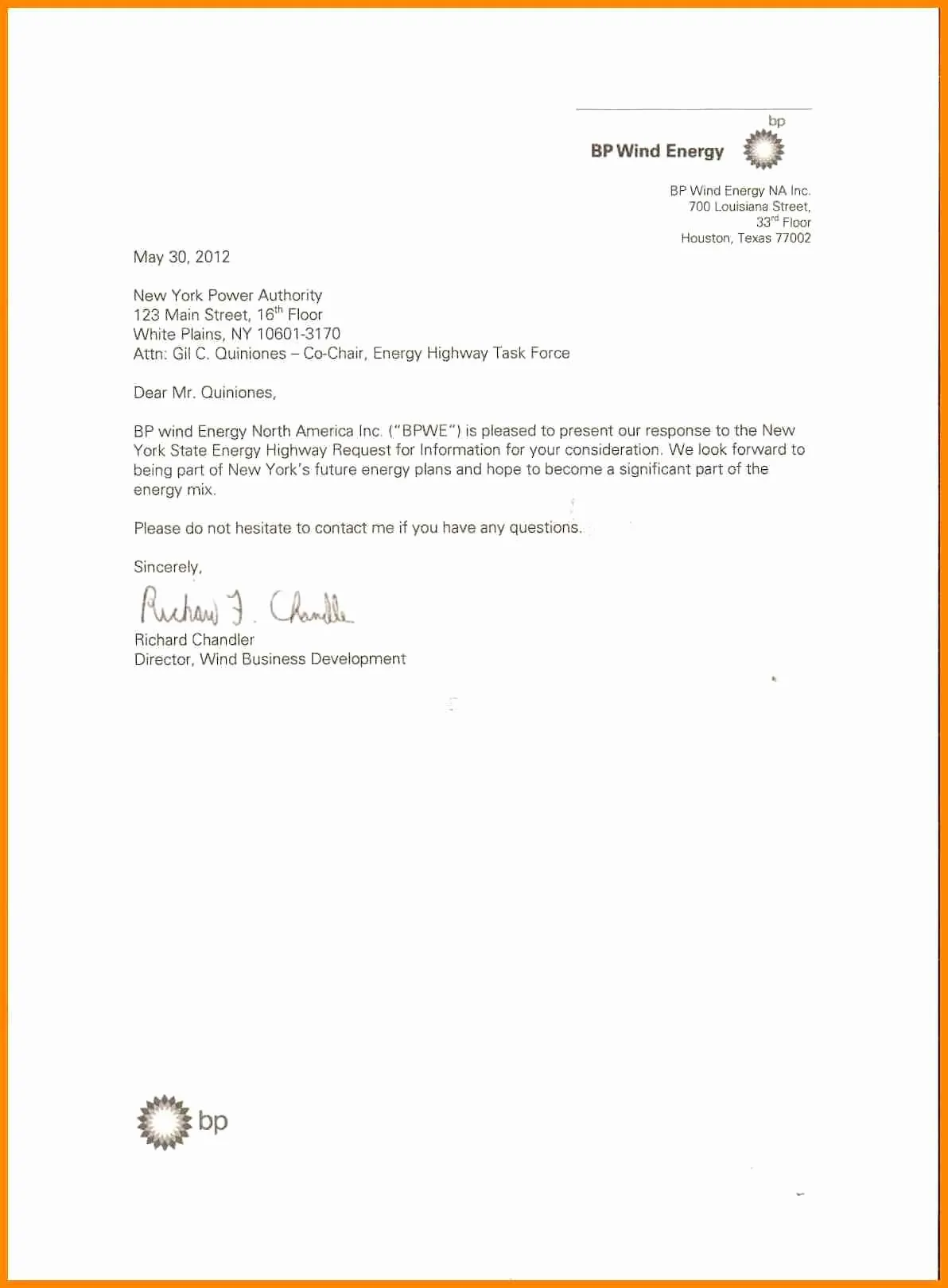
A marketing cover letter should highlight your skills in communication, content creation, and data analysis. Showcase your knowledge of marketing trends, digital marketing tools, and your ability to develop and execute successful marketing campaigns. You should present your understanding of the target audience and how you can help to meet their requirements. Quantify your achievements with metrics such as website traffic, lead generation, and conversion rates.
Example 2 Tech Cover Letter
A tech cover letter should showcase your technical skills and experience. Highlight your familiarity with relevant programming languages, software, and technologies. Provide examples of projects you have worked on, the problems you solved, and the results you achieved. Mention your experience working in different development methodologies, such as Agile or Scrum. Emphasize your problem-solving skills and your ability to collaborate with a team.
Example 3 Entry Level Cover Letter
An entry-level cover letter should focus on your skills, enthusiasm, and transferable skills. Showcase your education, relevant coursework, internships, and any volunteer experience. Express your willingness to learn and your eagerness to contribute to the company. Demonstrate your skills in communication, teamwork, and problem-solving. Show that you have done your homework, that you know the company, and that you have identified key skills and your intention to meet their requirements.
